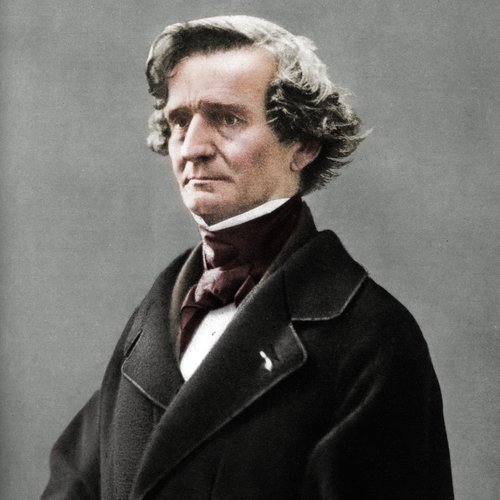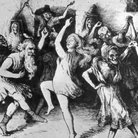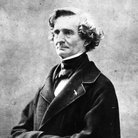Hector Berlioz: Symphonie Fantastique
Most portraits of composers tend to paint a similar picture: austere, grumpy and – to put it bluntly – fairly unattractive. They certainly don’t tend to scrub up well.
And yet, many of the shots of Hector Berlioz tell a different story. He cut a dashing figure, with a mop of wavy hair and a lean build. Berlioz was something of a ladies’ man, and his Symphonie Fantastique was famously inspired by a sexually charged and passionate relationship with the Irish actress Harriet Smithson. Berlioz was obsessed with her – so much so, in fact, that she initially thought him to be insane – but this was lust rather than love. The couple eventually married but were far from blissfully happy. Instead, it transpired that she’d accepted his advances only for financial reasons, and they eventually parted company in 1841.
Symphonie Fantastique was premiered in 1830, three years before the couple’s tempestuous marriage, during one of Berlioz’s periods of intense infatuation with the young Harriet. It’s one long, musical expression of his passion for her, from the perspective of a struggling artist who, despite his clear gifts, is mired in depression and seeking solace for the fact that his cries of desire go unanswered.
The subject matter becomes more and more fantastical, going from Reveries in the first movement through to the final Dream of Witches’ Sabbath in the final movement, via the March to the Scaffold in the penultimate movement. Listen out for the loud chord at the end, representing the cutting off of the artist’s head, and the subsequent falling of said head into the basket below.
Recommended Recording
Berlin Philharmonic Orchestra; Simon Rattle (conductor). EMI classics: 50999 21622403.
Illustration: Mark Millington








